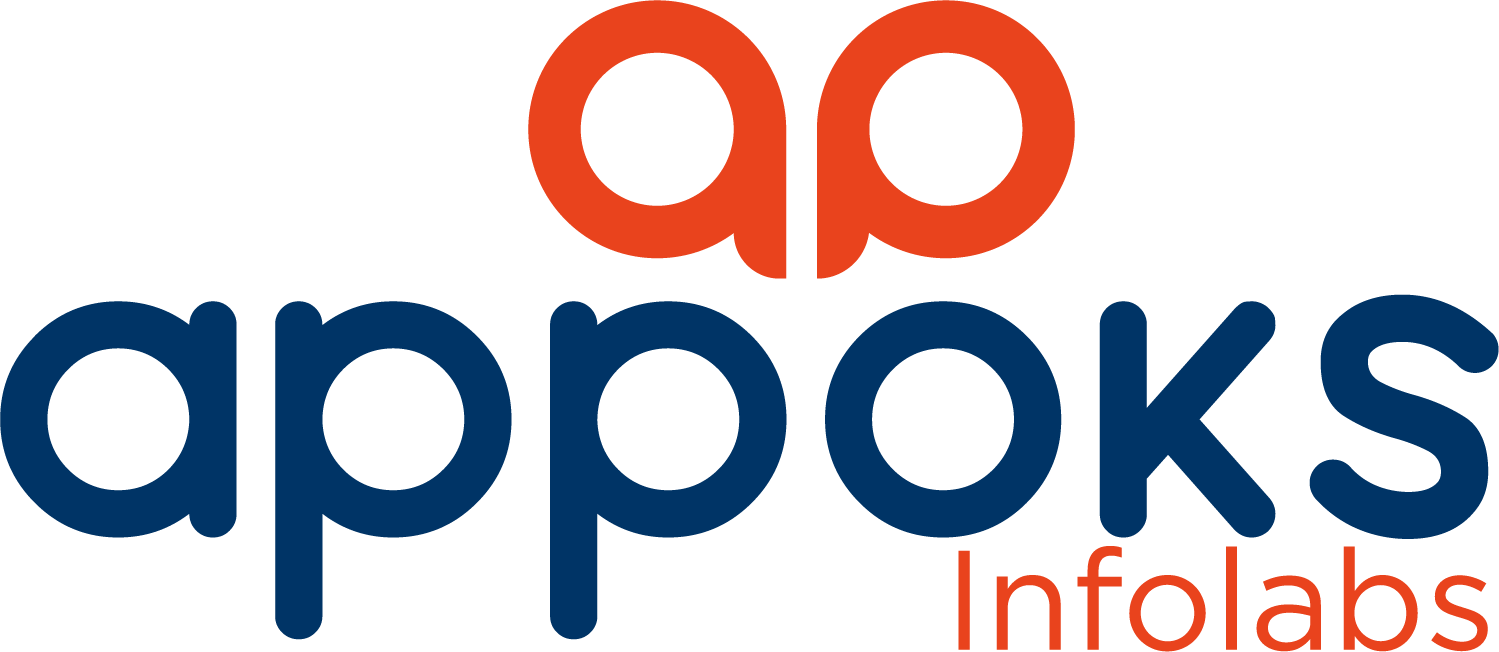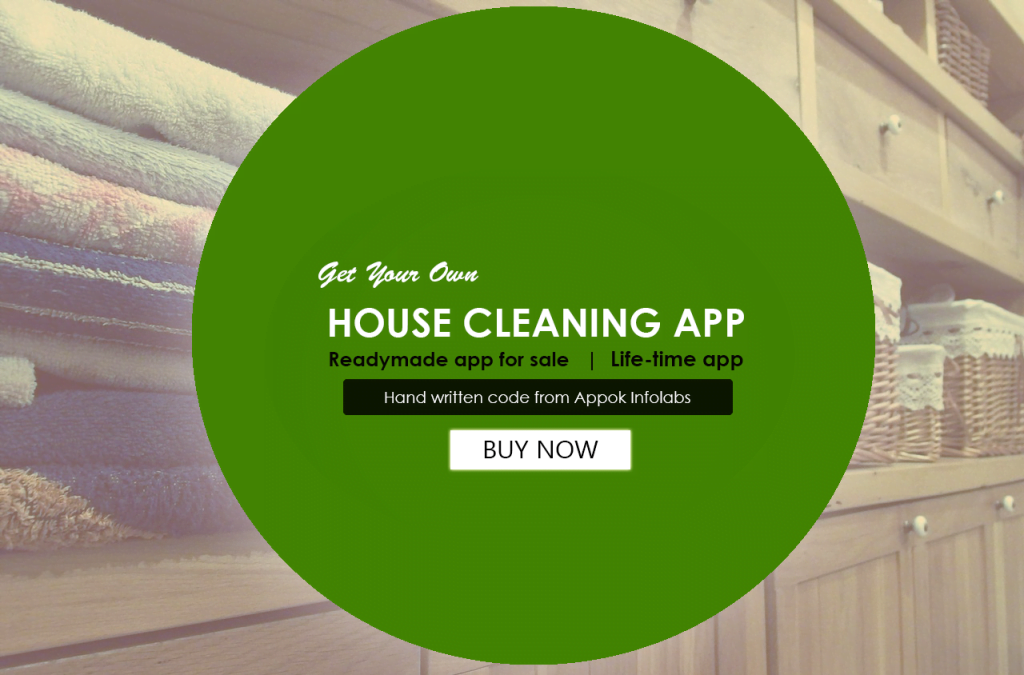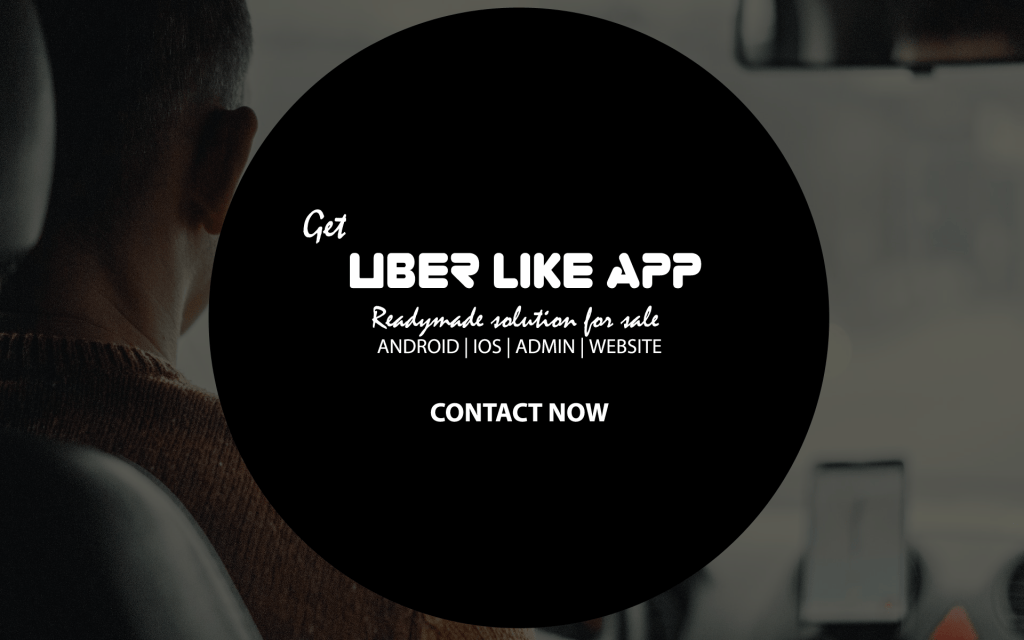Introduction:
On-demand food delivery apps have become increasingly popular over the years, and for good reason. They offer convenience and flexibility to customers, while providing restaurants and food delivery services with a new way to reach their target audience. If you are considering developing an on-demand food delivery app, here are some key steps to keep in mind:
- Identify your target audience and competition
Before diving into app development, it is important to identify your target audience and understand the competition. This will help you tailor your app to the needs and preferences of your target market, while also ensuring that your app stands out from the competition.
- Develop a user-friendly interface
The success of any app depends largely on its user interface. Your app should be easy to navigate, with a simple and intuitive design. This will help ensure that customers are able to find what they are looking for quickly and easily, which will increase the chances of them using your app again in the future.
- Implement payment and security features
Payment and security features are essential for any on-demand food delivery app. You will need to integrate payment gateways to allow customers to make payments for their orders. Security features such as encryption and secure data storage will also be crucial to protect customer information.
- Integrate GPS and real-time tracking
Real-time tracking is essential for any on-demand food delivery app. Customers should be able to track their delivery in real-time, from the moment the order is placed to the moment it is delivered. GPS integration is essential for this, as it allows customers to track their delivery driver in real-time.
- Offer a range of features and customization options
To stand out from the competition, your app should offer a range of features and customization options. This could include features such as order history, order tracking, and the ability to customize orders. The more options and features your app offers, the more likely it is that customers will choose your app over the competition.
- Test and iterate
Once you have developed your app, it is important to test it thoroughly to ensure that it works as expected. You should also gather feedback from users and use this to make improvements and iterate on the app. This will help ensure that your app meets the needs of your target market and is successful in the long term.
In summary, developing an on-demand food delivery app requires careful planning and attention to detail. By identifying your target audience, developing a user-friendly interface, implementing payment and security features, integrating GPS and real-time tracking, offering a range of features and customization options, and testing and iterating on your app, you can create an app that is both successful and popular with customers.
The Future of Food Delivery: The Rise of On-Demand Delivery Apps
Food delivery has come a long way since the days of phone orders and delivery vans. The rise of on-demand delivery apps has transformed the food delivery industry, offering customers unprecedented convenience and flexibility. As technology continues to advance, the future of food delivery looks even brighter, with on-demand delivery apps leading the way.
The Rise of On-Demand Delivery Apps
On-demand delivery apps have been a game-changer in the food delivery industry. These apps allow customers to order food from their favorite restaurants and have it delivered to their doorstep in a matter of minutes. With the rise of smartphones and mobile apps, on-demand delivery has become more popular than ever before.
One of the key advantages of on-demand delivery apps is their convenience. Customers can order food from anywhere, at any time, without the need to call a restaurant or wait in line. They can also track their delivery in real-time, so they know exactly when their food will arrive.
Another advantage of on-demand delivery apps is their flexibility. Customers can choose from a wide range of restaurants and cuisines, and they can customize their orders to suit their preferences. They can also select the delivery time that works best for them, whether they want their food delivered immediately or at a later time.
The Future of Food Delivery
The future of food delivery looks bright, with on-demand delivery apps at the forefront of the industry. As technology continues to advance, these apps are likely to become even more sophisticated and user-friendly, offering customers even greater convenience and flexibility.
One trend that is likely to shape the future of food delivery is the use of artificial intelligence (AI) and machine learning. These technologies can be used to improve the accuracy of delivery estimates, optimize delivery routes, and personalize the customer experience. For example, AI algorithms could be used to recommend menu items based on a customer’s previous orders or dietary preferences.
Another trend that is likely to shape the future of food delivery is the use of drones and autonomous vehicles for delivery. Companies like Amazon and Google have already begun experimenting with drone delivery, and it’s likely that other companies will follow suit. Autonomous vehicles, such as self-driving cars and trucks, could also be used for food delivery, offering faster and more efficient service.
In addition to technological advancements, the future of food delivery is also likely to be shaped by changing consumer preferences. As more people become concerned about the environmental impact of food delivery, companies may need to adopt more sustainable practices, such as using electric vehicles or reusable packaging.
The Advantages of On-Demand Food Delivery App Development for Entrepreneurs
On-demand food delivery app development has become increasingly popular among entrepreneurs in recent years, and for good reason. Here are some of the key advantages of on-demand food delivery app development for entrepreneurs:
- Increased revenue opportunities
Developing an on-demand food delivery app can open up new revenue opportunities for entrepreneurs. By providing a convenient and easy-to-use app for customers, entrepreneurs can tap into a growing market and generate additional revenue streams.
- Reduced overhead costs
On-demand food delivery apps can also help entrepreneurs reduce overhead costs. With an app, there is no need to invest in a physical location, equipment, or additional staff. This can help entrepreneurs save money and increase profitability.
- Improved customer engagement and loyalty
On-demand food delivery apps can also improve customer engagement and loyalty. By providing a convenient and easy-to-use app, entrepreneurs can build strong relationships with their customers and encourage repeat business.
- Access to valuable customer data
Developing an on-demand food delivery app can also provide entrepreneurs with access to valuable customer data. This data can be used to identify trends, preferences, and customer behavior, which can help entrepreneurs make better business decisions and improve the customer experience.
- Scalability
On-demand food delivery app development also offers scalability. As the app gains popularity and the customer base grows, entrepreneurs can easily scale up their operations to meet demand. This can help entrepreneurs expand their business quickly and efficiently.
- Competitive advantage
Finally, on-demand food delivery app development can provide entrepreneurs with a competitive advantage. By providing a convenient and easy-to-use app, entrepreneurs can stand out from the competition and attract more customers. This can help entrepreneurs establish themselves in a crowded market and build a loyal customer base.
How to Choose the Right Technology Stack for Your On-Demand Food Delivery App
Choosing the right technology stack is crucial for the success of any on-demand food delivery app. Here are some key factors to consider when selecting a technology stack for your app:
- Platform
The platform you choose will depend on your target audience and the devices they use. If you are targeting a predominantly iOS user base, then developing your app for iOS is the obvious choice. However, if you are targeting a broader audience or a predominantly Android user base, then developing your app for Android may be the better option.
- Programming Languages
The programming languages you choose will depend on the platform you choose. If you are developing for iOS, you will need to use Swift or Objective-C. If you are developing for Android, then you will need to use Java or Kotlin.
- Backend Frameworks
The backend framework you choose will determine how your app communicates with your server and the database. Some popular backend frameworks for on-demand food delivery apps include Node.js, Ruby on Rails, and Laravel.
- Database
The database you choose will depend on the type of data you need to store and the scalability requirements of your app. Some popular database options for on-demand food delivery apps include MySQL, MongoDB, and PostgreSQL.
- Cloud Services
Cloud services can help you scale your app quickly and efficiently. Services like AWS, Google Cloud Platform, and Microsoft Azure can provide you with the infrastructure you need to run your app in the cloud.
- APIs
APIs are essential for any on-demand food delivery app, as they allow your app to communicate with other systems and services. Some popular APIs for on-demand food delivery apps include Google Maps API, Stripe API, and Twilio API.
In summary, selecting the right technology stack for your on-demand food delivery app requires careful consideration of your target audience, platform, programming languages, backend frameworks, database, cloud services, and APIs. By choosing the right stack, you can ensure that your app is reliable, scalable, and delivers a great user experience.
The Impact of On-Demand Food Delivery Apps on the Restaurant Industry.
On-demand food delivery apps have had a significant impact on the restaurant industry since their introduction. Here are some of the key ways in which these apps have affected the industry:
- Increased demand for delivery
The rise of on-demand food delivery apps has led to an increase in demand for delivery services from restaurants. Customers are now able to order food from their favorite restaurants and have it delivered to their doorstep, which has led to an increase in overall orders.
- Expanded customer base
On-demand food delivery apps have also expanded the customer base for restaurants. Customers who may not have previously visited a restaurant in person are now able to order from it through an app, which has helped restaurants attract new customers and increase their sales.
- Changes in menu offerings
Some restaurants have made changes to their menu offerings in response to the increased demand for delivery. For example, some restaurants have developed new menu items that are specifically designed to travel well and maintain their quality during delivery.
- Increased competition
The rise of on-demand food delivery apps has also led to increased competition among restaurants. With so many options available through these apps, restaurants must work harder to differentiate themselves and provide a high-quality customer experience.
- Changes in operational processes
Restaurants have also had to make changes to their operational processes to accommodate the increase in delivery orders. This may include investing in new equipment, hiring additional staff, and adjusting their kitchen processes to handle a higher volume of orders.
- Increased reliance on third-party delivery services
Many restaurants have also begun to rely more heavily on third-party delivery services like Uber Eats, DoorDash, and Grubhub to handle their delivery orders. This has led to a shift in power dynamics between restaurants and delivery services, as well as concerns over fees and commissions charged by these services.
Read our other articles
Conclusion
The rise of on-demand delivery apps has transformed the food delivery industry, offering customers unprecedented convenience and flexibility. As technology continues to advance, the future of food delivery looks even brighter, with on-demand delivery apps at the forefront of the industry. From the use of AI and machine learning to the adoption of drones and autonomous vehicles, the future of food delivery is sure to be shaped by technological advancements. At the same time, changing consumer preferences are likely to drive companies to adopt more sustainable practices. Overall, the future of food delivery looks promising, with on-demand delivery apps leading the way.




